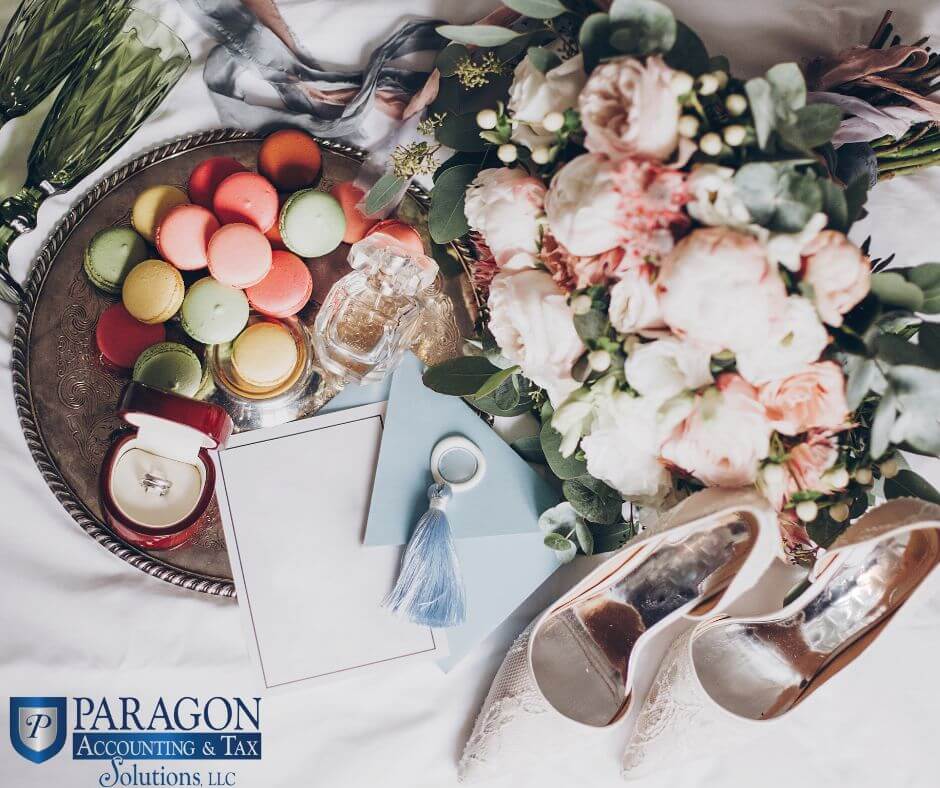Husband Hunters

From 1874 through the early 1900s, hundreds of fabulously rich American heiresses crossed the Atlantic to find love—or at least suitable marriage—with titled British peers. These so-called “dollar princesses” included Jennie Jerome (mother of future Prime Minister Winston Churchill), Consuelo Vanderbilt (Mrs. Charles Spencer-Churchill, 9th Duke of Marlborough), and Mary Leiter (a Marshall Fields heiress who became Baroness Curzon of Kedleston and Vicereine of India). At one point, more than a third of England’s House of Lords had taken rich American brides. Even fictional Downton Abbey included an American heiress, Cora Crawley, marrying the Earl of Grantham.
Today, you might dismiss an American woman marrying into British nobility as a common gold-digger. (No offense, Meghan Markle.) In fact, the glass slipper was on the other foot. American robber barons enjoyed vast new-money fortunes but suffered from crushing social insecurity. British nobles had manors, manners, and titles, but no money. The obvious solution was for the robber barons to trade their daughters (and dowries) in exchange for social respectability back home.
Would it surprise you to learn that taxes played a role in this particular trans-Atlantic trade? It shouldn’t. Look hard enough at any story, and I’ll find a tax angle!
In 1815, Parliament passed a set of tariffs known as the Corn Laws designed to support British farmers. Beneficiaries of the tariffs included the eldest sons, who had inherited all those vast estates with picturesque country manors. (Second sons were out of luck. Many of them had to suffer the indignity of something called “work.” Daughters were even worse off. (See, e.g., Pride and Prejudice.) However, the tariffs raised food prices for the vast majority of Brits who didn’t own agricultural estates. It also handicapped the budding Industrial Revolution by diverting disposable income into the landowners’ pockets.
In 1846, Conservative Prime Minister Robert Peel, working across the aisle with parliamentary Whigs, repealed the Corn Laws. At that point, American grain started flooding British markets and forcing all those dukes, earls, and viscounts into depression. Some found themselves auctioning family heirlooms to make ends meet. Others suffered silently as they descended into genteel poverty. But fortunes started changing when America’s Gilded Age rich discovered just how easy it could be to buy the status they craved. (Today, it’s even easier—you can buy a square foot of land in Scotland and become a Laird or Lady for just 50 bucks!)
Most of the dollar princess marriages were more business than pleasure. Jennie Jerome announced her engagement just three days after meeting Lord Randolph Churchill. But his parents didn’t approve until Jerome’s father, the “King of Wall Street,” agreed to a $4.3 million dowry. (That’s a whopping $115 million in today’s dollars). The Duke of Marlborough openly confessed that he had married “Commodore” Vanderbilt’s great-granddaughter to save his family’s Blenheim Palace. And her $2.5 million dowry did the trick—today, Blenheim is a UNESCO World Heritage Site.
Life was rarely a picnic for the newly titled brides. They traded modern American comforts for drafty rural manors. Bath time might involve multiple servants traipsing from basement kitchens with jugs of hot water to fill tubs. Their homes were stately, filled with vintage paintings, jewelry, and furniture. But they were also dark, dingy, cold, and distant from friends and family.
In the 1910s, America imposed the current income and estate taxes. The age of the robber barons came screeching to a halt, and the flood of dollar brides slowed to a trickle. But the challenge of responding to taxes remains just as important. So, call us when you want to pay less without packing your daughter off to a foreign land!
